The Berkshires Bowling Alley that Inspired "The Big Lebowski"
It’s been 36 years since the release of The Big Lebowski, the irreverent cult comedy by Joel and Ethan


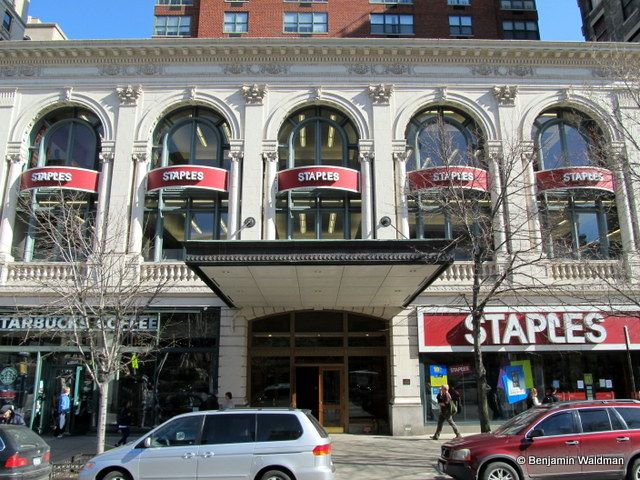
New York City is full of interesting and unique theaters. We have previously explored some of the City’s offerings including the Loew’s Valencia Theater in Jamaica, which is currently a church and the former Berkshire Theater in Sunset Park, which is currently a mosque. Today, we bring you 10 theaters that can be found along Broadway, in Upper Manhattan, most of which possess only a specter of their former glory.
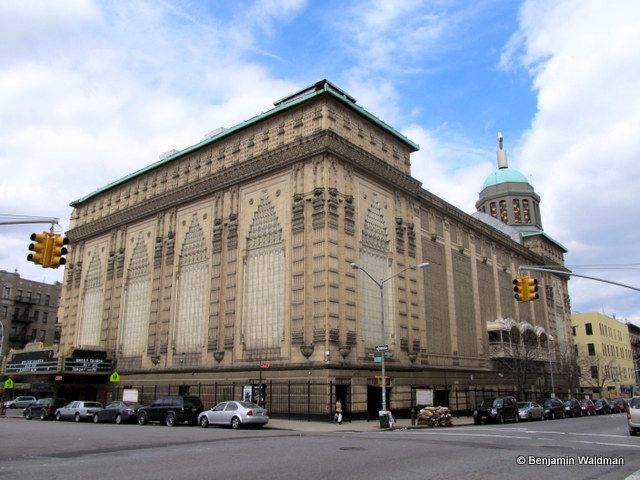
Loew’s 175th Street Theatre opened in 1930 as the last of the five Loew’s Wonder Theaters. These movie palaces were more palatial than the ordinary movie palaces of their day and were Loew’s flagship theaters. (The five are all still standing and are located in Manhattan, Brooklyn, Queens, the Bronx, and Jersey City–sorry Staten Island). Loew’s 175th Street Theatre was designed by Thomas Lamb. In 1969, the theater was saved from possible demolition by Rev. Frederick J. Eikerenkoetter II (Reverend Ike) who transformed the theater into a church. The building, now known as the United Palace Theater, is still home to the Rev. Ike’s church and is also used as a performance venue.
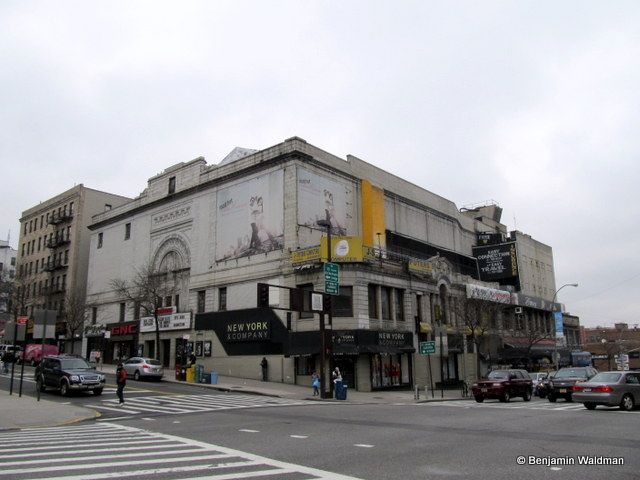
B. S. Moss’ Coliseum Theatre, located at 181st Street and Broadway, opened on September 24, 1920, to rave reviews and a full house. (The New York Public Library has an informative article on the theater including a copy of the opening night program, which features an image of the Roman Coliseum on its cover). The Coliseum Theatre was designed by Eugene De Rosa, who designed a number of Broadway theaters. The 3,500 seat theater was the third largest in the city and was built on the site of the Blue Bell Tavern, where George Washington spent a night. The movie theater has been closed since 2011 (after a few prior closings) and is occupied by a smattering of different shops. Residents hope to convert into a cultural center.
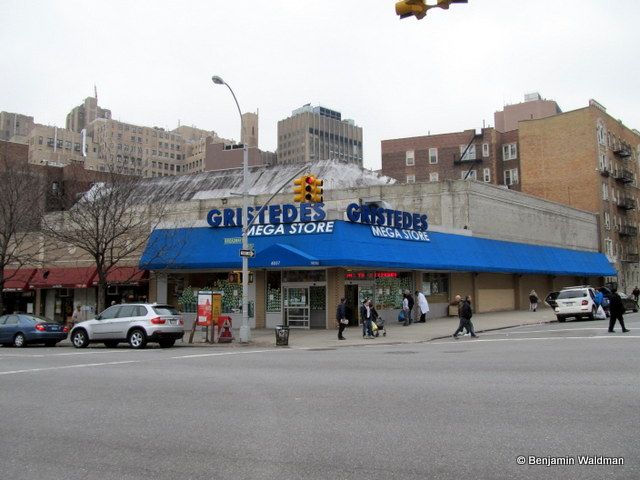
The Uptown Theater is one of the least historically documented theaters in the area. It seems to have been designed by George M. Pollard and opened either in 1920 or 1926. It stayed open for almost forty years before being converted into a retail location. The lobby space is currently occupied by a Gristede’s supermarket and it is possible that some of the original details remain hidden above the current drop ceiling or behind the walls or ceilings of the other retail stores that occupy the theater’s former auditorium.
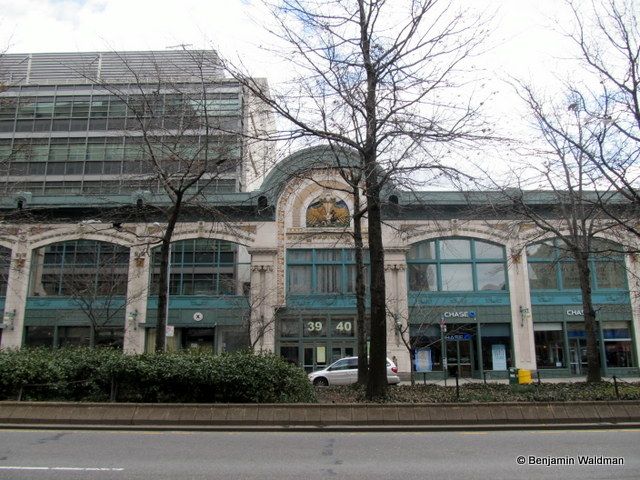
The 2,368 seat William Fox Audubon Theater, which is located between 166th and 165th streets, was one of the first theaters in the area to feature talkies. But the theater is most infamous because Malcolm X was assassinated there on February 21, 1965. At the time, Malcolm X’s Organization of Afro-American Unity was holding weekly meetings in the Audubon Ballroom and he was killed during a speech.
Afte, the Ballroom closed and taken over by the City for non-payment of taxes. It was then purchased by Columbia University, which began demolishing the structure in 1992. Before demolition was complete, the University relented to public pressure and reached a compromise with local community groups. Columbia left most of the original Thomas Lamb facade (and even restored it) and provided space for the Malcolm X and Dr. Betty Shabazz Memorial and Educational Center within the building.
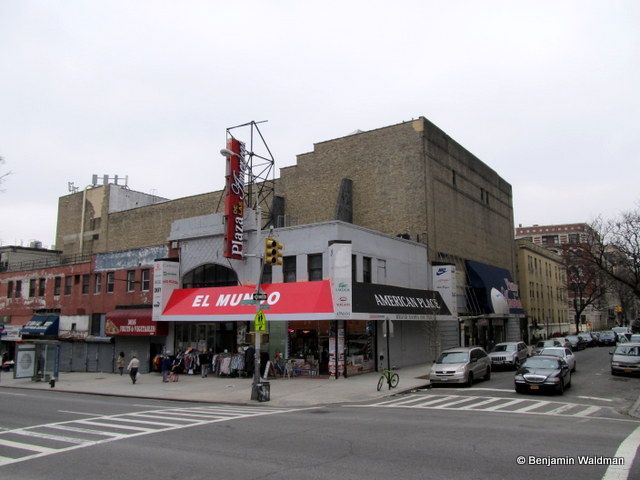
Unlike the other theaters in this article, the Loew’s Rio Theater at Broadway and 160th Street is not very ornate. The building that housed its auditorium looks like a typical theater building, while its lobby is very restrained compared with its neighbors. The theater began its life as a vaudeville-movie theater. In the early 1920s, the theater became a Loew’s theater. The 2,603 seats seat theater was designed by Herbert J Krapp and closed in 1957 and now houses discount retailer, El Mundo.
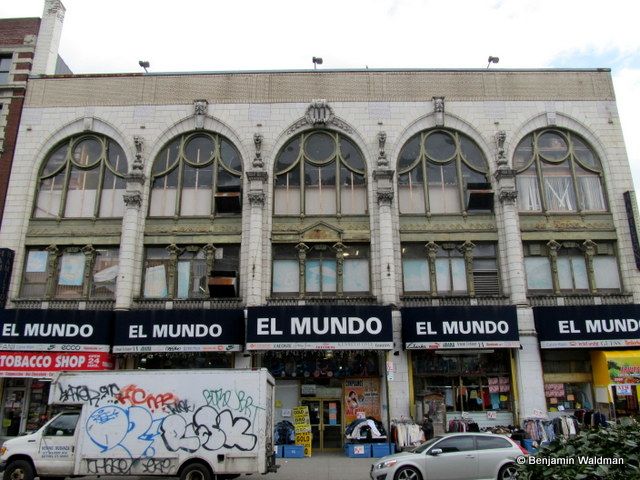
The Hamilton Theater, located at 146th Street, was designed by Thomas Lamb and opened on January 23, 1913. The theater closed in 1958 and the space was subsequently used as a sports arena and then as a discotheque. The lobby is now another location of El Mundo while the interior of the theater has been left to deteriorate. The theater’s marquee was taken down in 1995. (For more photographs of the theater’s interior check out these great photos from Matt Lambros of After the Final Curtain).
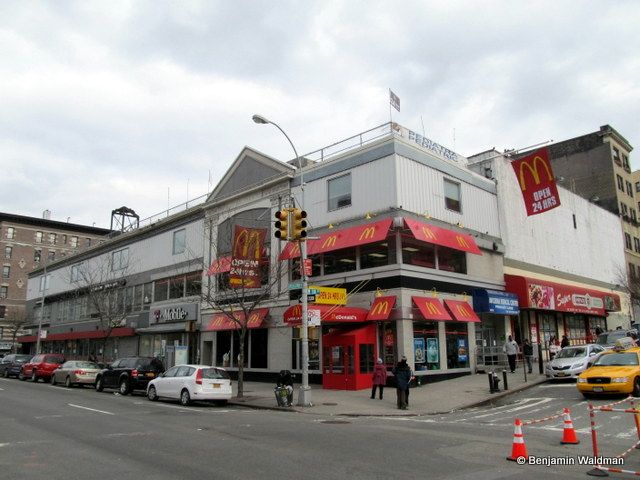
The Delmar Theatre (later the Gotham Theater) was designed by Herbert J. Krapp and opened in 1922. Around 1957, the theater was converted into a mixed-use building containing a dance hall and retail space. Today it houses a McDonald’s, T Mobile and other retailers.
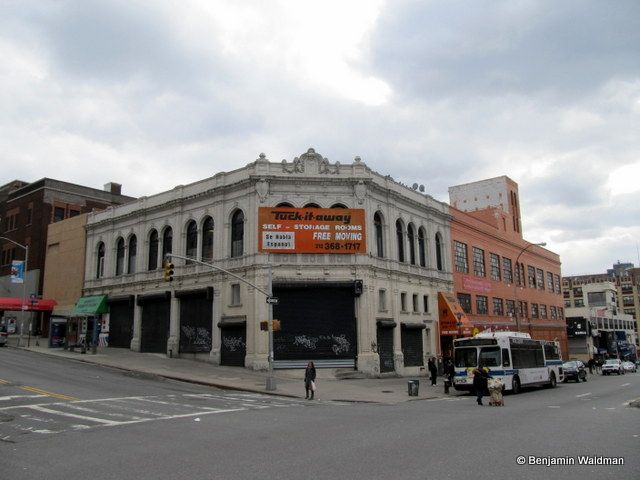
The Neo-Renaissance style Claremont Theater, located at 135th Street, opened in 1914, designed by Gaetan Ajello. The theater reached the pinnacle of its fame in 1915 when Thomas Edison produced a short film in which the theater’s entrance was prominently featured. By 1933, the interior of the theater was converted into an automobile showroom. The Claremont, one of the oldest structures in New York City planned specifically to exhibit motion pictures, was designated a landmark by the City of New York in 2006.
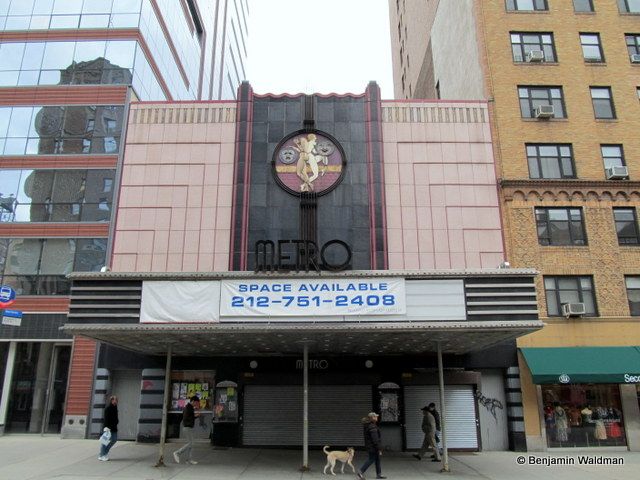
The Midtown Theater was completed in 1933 and designed in the Art Deco style. In 1982, the theater was taken over by Daniel Talbot and renamed the Metro Theater (the name that still adorns the marquee). During a recent renovation, the interior of the theater was gutted. Images of the theater’s former interior can be seen in The New York Times. The theater currently remains an empty shell of what it once was while it awaits its next tenant.
10. RKO 81st Street Theater

The former RKO 81st Street Theater opened in 1913 as a vaudeville theater. The 2,015 seat theater was also designed by Thomas Lamb and was purchased by RKO in 1919. In 1954, CBS purchased the theater and converted it into their first major color television studio in New York. As CBS Studio 72, the theater saw the live color broadcast of Rogers and Hammerstein’s Cinderella in 1957. The lobby’s interior was gutted and the theater was demolished in 1986 to make way for an apartment building and retail space, now occupied by Staples and Starbucks. Next time you walk by, pay attention to the theater themed details.
This article was adapted from a prior post entitled 10 Forgotten Movie Theaters on Upper Broadway in NYC, which contains more photographs of these theaters and more detailed information about them.
Subscribe to our newsletter